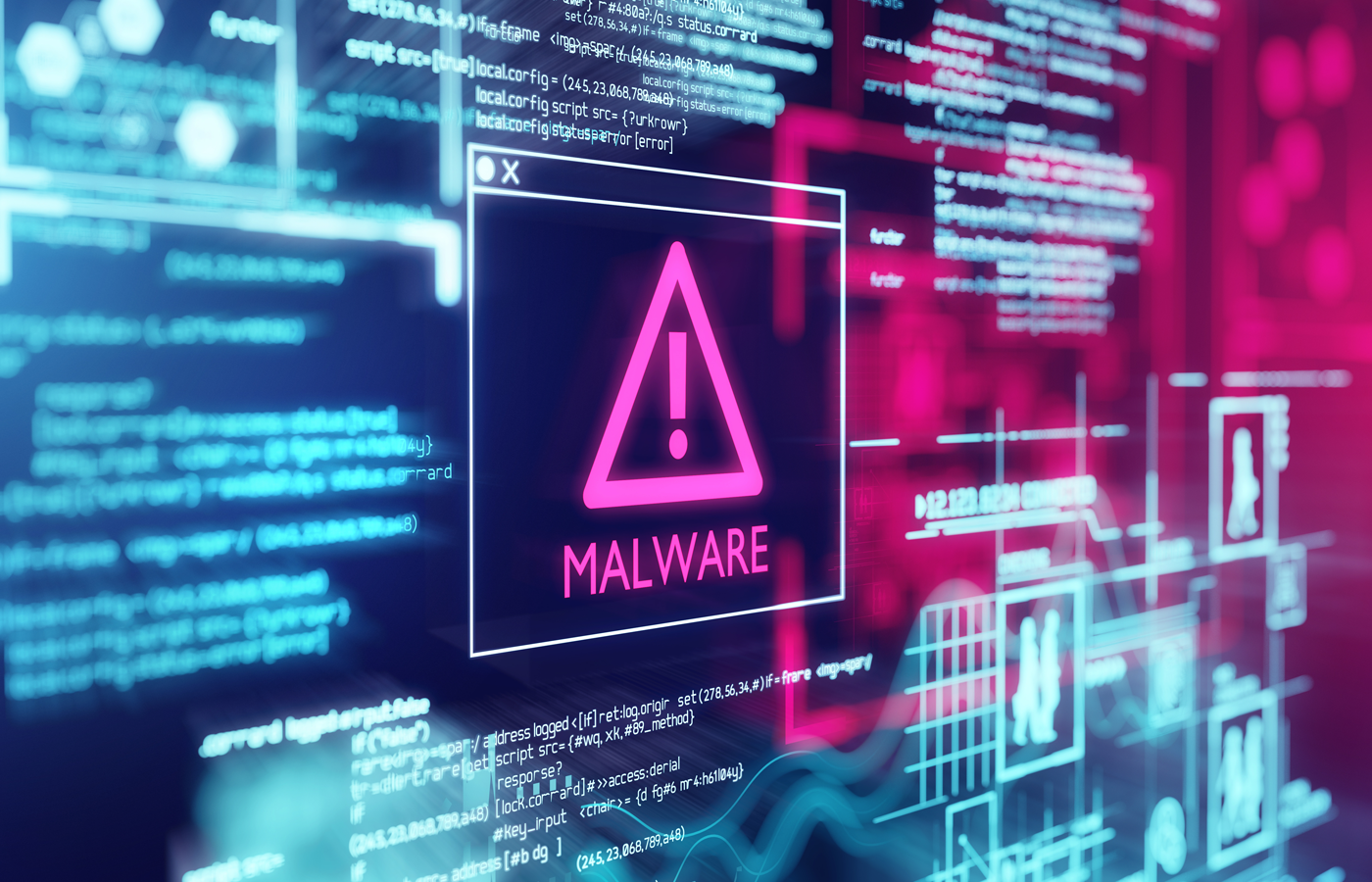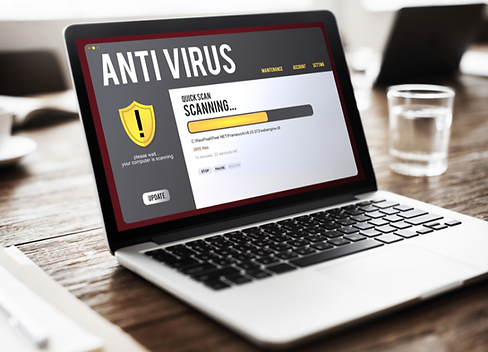In today’s digital age, cybersecurity has become more important than ever. As businesses, governments, and individuals rely on the internet for everything from banking to communication, the threat of cyber-attacks grows exponentially. This beginner’s guide will walk you through the fundamentals of cybersecurity, explain key concepts, and provide practical tips to stay safe online.
What is Cybersecurity?
Cybersecurity refers to the practice of protecting systems, networks, and data from cyber-attacks. These attacks can take many forms, ranging from malware infections to sophisticated hacking techniques, and are aimed at accessing, stealing, or disrupting critical data and services.
In simpler terms, cybersecurity is the shield that stands between your sensitive information and cybercriminals. It’s about implementing technologies, processes, and best practices to defend against digital threats.
Why is Cybersecurity Important?
Cybersecurity is crucial because our world is becoming increasingly connected. Businesses rely on the internet to function, governments handle vast amounts of sensitive data, and individuals store personal information on cloud services and devices. Without strong cybersecurity measures, all this data is vulnerable to cyber-attacks, which can lead to identity theft, financial loss, and damage to reputations.
Moreover, attacks on critical infrastructure, such as power grids and hospitals, can have severe consequences for public safety and national security.
Common Cybersecurity Threats
To understand the basics of cybersecurity, it’s essential to know the different types of threats you may face.
Malware
Malware, short for “malicious software,” includes viruses, worms, trojans, and spyware designed to damage or gain unauthorized access to systems. Once installed, malware can steal sensitive information or cause irreparable damage to a device.

Phishing
Phishing attacks attempt to trick users into revealing sensitive information, such as login credentials, by posing as legitimate entities in emails, messages, or websites. These attacks often lead to identity theft or financial fraud.
Ransomware
Ransomware encrypts a victim’s data and demands payment in exchange for restoring access. This type of attack can bring businesses to a standstill and cost organizations millions of dollars.
Denial of Service (DoS) Attacks
DoS attacks flood a system with so much traffic that it cannot respond to legitimate requests, rendering the system unavailable to users. These attacks often target websites, causing service outages.
Key Principles of Cybersecurity
Cybersecurity is built on three main principles known as the CIA Triad:
Confidentiality
Confidentiality ensures that sensitive information is accessible only to authorized individuals. It’s about protecting data from unauthorized access and breaches. Methods like encryption and access control are key to maintaining confidentiality.
Integrity
Integrity ensures that data remains accurate and unaltered during transmission or storage. It’s essential to prevent unauthorized changes or tampering, ensuring that the data you send or receive is trustworthy.
Availability
Availability means that systems, applications, and data are accessible when needed. Downtime due to cyber-attacks, system failures, or other disruptions can have severe consequences, so maintaining availability is crucial for both individuals and businesses.
5. Essential Cybersecurity Tools
Antivirus Software
Antivirus programs are designed to detect, prevent, and remove malware. Having an up-to-date antivirus solution is the first line of defense against many types of cyber threats.

Firewalls
Firewalls act as a barrier between a trusted internal network and an untrusted external network (such as the internet). They monitor and control incoming and outgoing network traffic based on security rules.
VPNs (Virtual Private Networks)
A VPN encrypts your internet connection and hides your IP address, providing anonymity and security when using public or unsecured networks. It’s particularly useful for remote workers and travelers.
Best Practices for Staying Safe Online
Now that you understand the key principles and tools, let’s discuss some practical tips to enhance your cybersecurity:
- Use Strong, Unique Passwords: Avoid using the same password across multiple accounts. Implement a password manager to generate and store strong passwords.
- Enable Two-Factor Authentication (2FA): This adds an extra layer of protection by requiring a second form of verification, such as a text message or authentication app.
- Be Wary of Suspicious Emails: Avoid clicking on links or downloading attachments from unknown senders. Phishing attacks often disguise themselves as legitimate entities.
- Update Software Regularly: Software updates often contain patches for security vulnerabilities. Keeping your software updated minimizes your risk of attack.
- Backup Your Data: Regularly backup your important files to prevent data loss due to malware or ransomware attacks.
Cybersecurity for Businesses: What You Need to Know
For businesses, cybersecurity is more than just protecting data; it’s about ensuring that operations run smoothly without interruptions. Companies must comply with regulatory requirements, train employees in security awareness, and invest in cybersecurity solutions tailored to their needs.
Here are a few business-specific practices:
- Implement Network Monitoring: Continuous monitoring helps detect unusual activity that may indicate a security breach.
- Conduct Regular Audits: Regularly auditing your systems can help identify vulnerabilities and ensure compliance with cybersecurity standards.
- Create an Incident Response Plan: Have a plan in place to respond to security breaches quickly and efficiently to minimize damage.

The Future of Cybersecurity
As technology evolves, so do the threats. The rise of Artificial Intelligence (AI) and the Internet of Things (IoT) has introduced new security challenges. In the future, cybersecurity will increasingly rely on machine learning and AI-driven technologies to identify and mitigate threats in real time.
Another emerging trend is Zero Trust Security, which assumes that no user, device, or system is trustworthy by default, and all access must be verified continuously.
Conclusion
Cybersecurity is no longer optional—it’s a necessity. By understanding the basics of cybersecurity and implementing best practices, both individuals and businesses can protect themselves against a wide array of cyber threats. From malware to phishing and ransomware, the world of cybersecurity may seem complex, but staying informed and proactive is the key to staying safe in today’s digital age.
Remember, cybersecurity is an ongoing process. Stay vigilant, update your knowledge regularly, and adapt to the ever-changing threat landscape.

